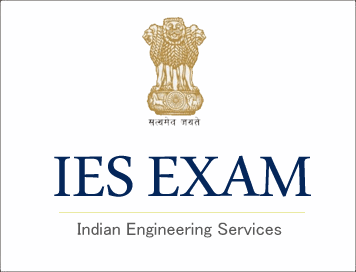(HOT) UPSC Current Affairs 2025 PDF
NEW! The Gist (NOV-2025) | E-BOOKS
(Paper) IES General Economics Previous Year Paper (2006)
Paper : IES General Economics Previous Year Paper (2006)
PAPER - I : SECTION-I
1. Candidates should attempt any five parts of the following question. (Answer to each part should be approximately of 50 words) 5 ×7 = 35
(i) How are relative prices of factors related to opportunity cost?
(ii) “Elasticity is a better measure of responsiveness than the slope of the demand curve”. Explain with a suitable example.
(iii) Why does a firm’s short run marginal cost curve eventually slope up?
(iv) Derive the result that a firm will shut down if p c AVC.
(v) A firm making CD players finds that it can lower its average total costs if it also makes CD readers for computers. Is this an example of “Economies of Scale” or “Economies of Scope”? Explain.
(vi) Briefly explain the term “Feasible Solution” in Linear Programming.
(vii) Explain the Phillips curve.
SECTION-II
2. Candidates should attempt any five parts of the following question. (Answer to each part should be approximately of 150 words): 5 ×15 = 75
(i) Suppose you know that for firms in a perfectly competitive industry p = MC and p > ATC. Explain.
(ii) Using the IS, LM curves, analyses the effects of changes in monetary and fiscal policies on Income.
(iii) Distinguish between homogeneous and non-homogeneous production functions with suitable examples.
(iv) Discuss the main features of input-output analysis.
(v) Distinguish between Consumer’s surplus and Producer’s surplus in perfect competition and monopolistic competition.
(vi) Define the terms “Iso-Cost” and “Iso-Quant” and their relevance in the theory of firm.
(vii) Explain the dual problem in linear programming. Explain your answer with suitable examples.
SECTION-III
Candidates should attempt any three of the following question. (Answer to each question should be approximately of 500 words)
3. Critically examine Samuelson’s Revealed Preference Theory. How is this theory superior to the indifference curve approach? (30)
4. What is discriminating monopoly? Examine the equilibrium of the firm under discriminating monopoly. (30)
5. Examine the theories of Social Choice propounded by Prof. Sen. and Arrow. (30)
6. Critically examine the marginal Productivity Theory of Distribution and its limitations. (30)
7. Critically examine the Permanent Income Hypothesis of consumption function. (30)



